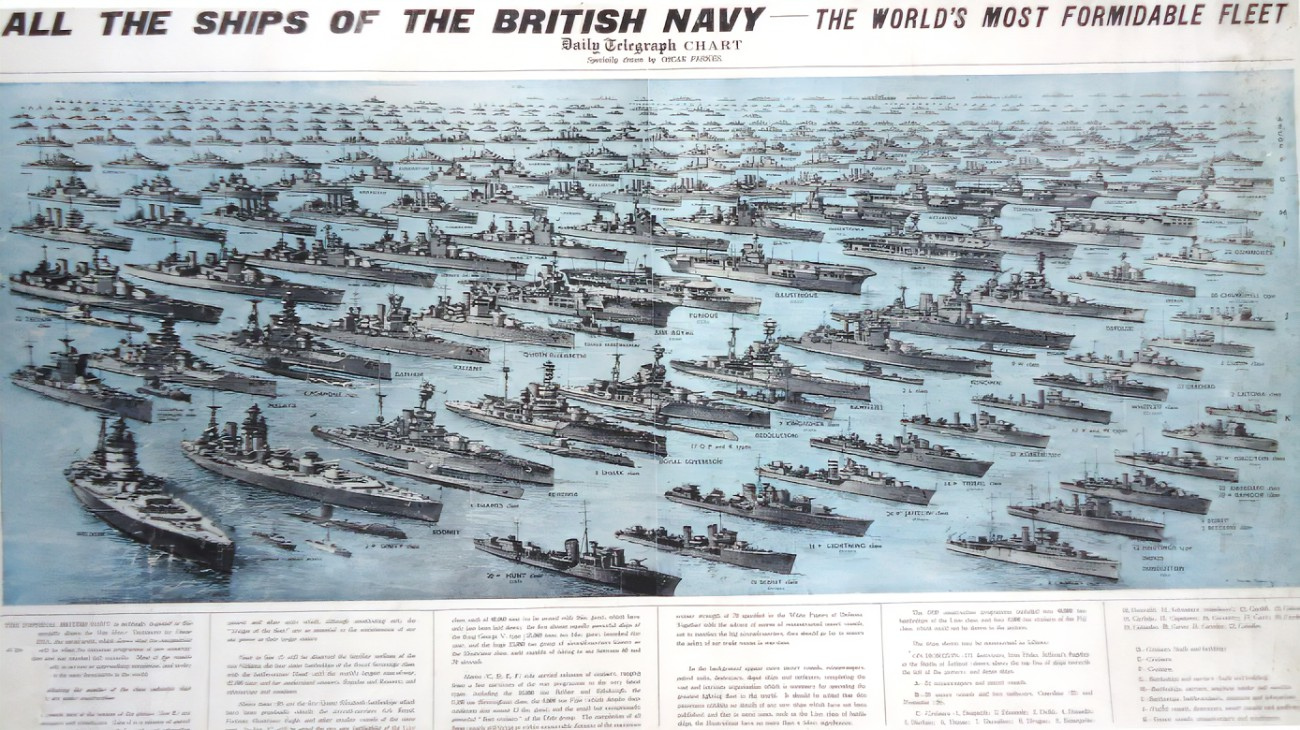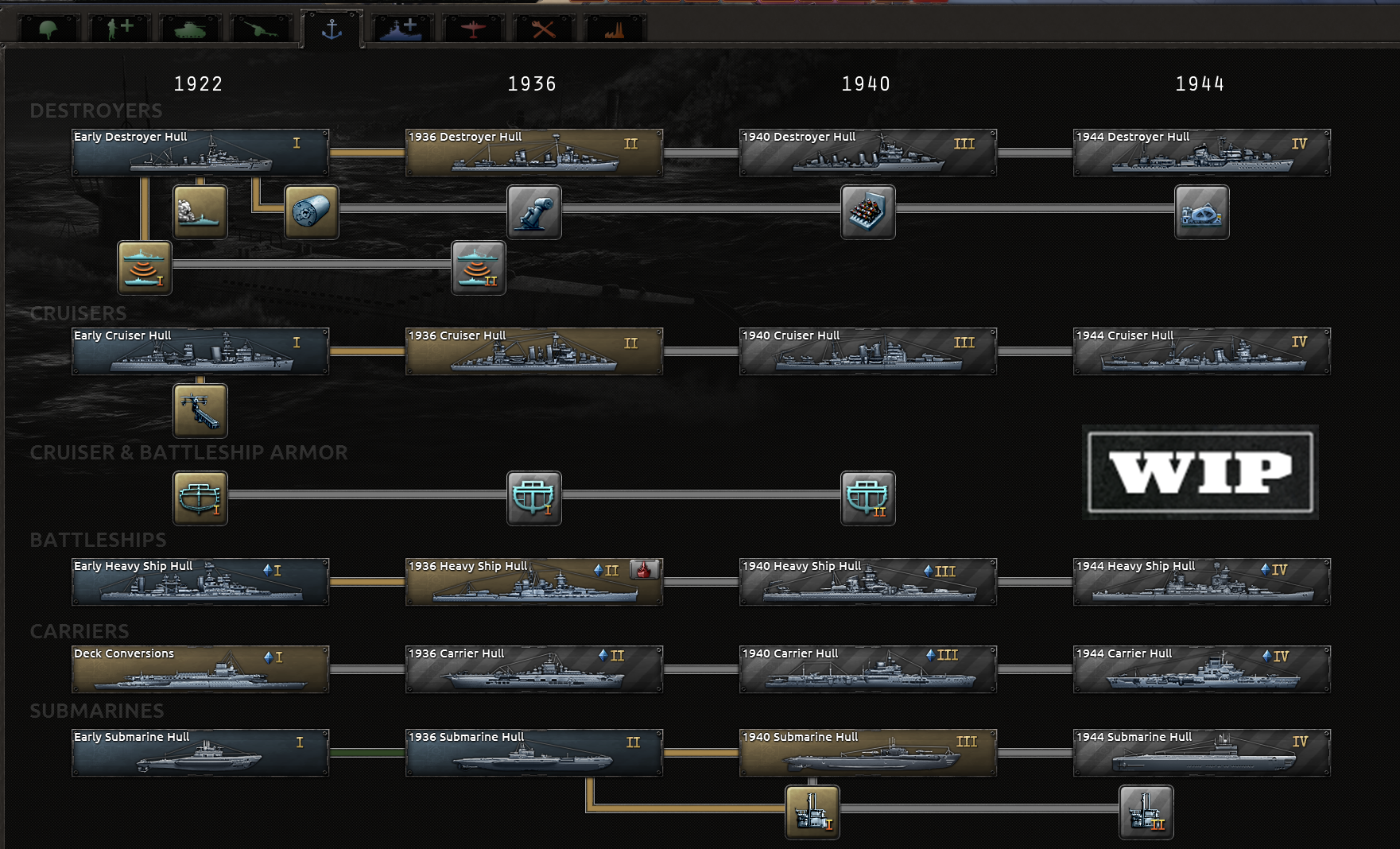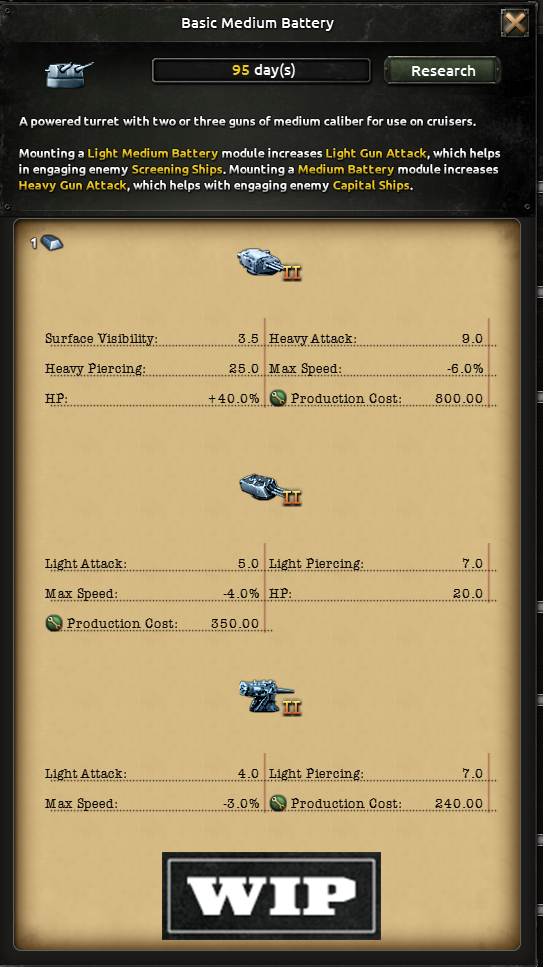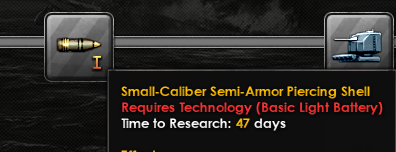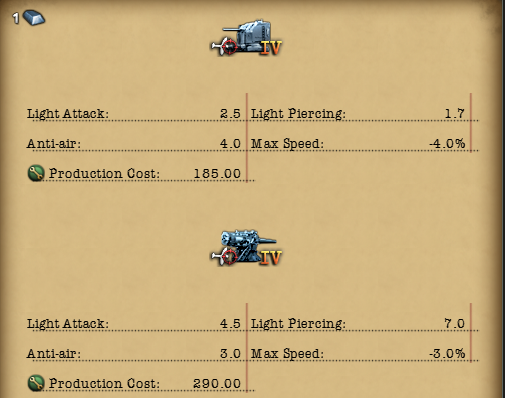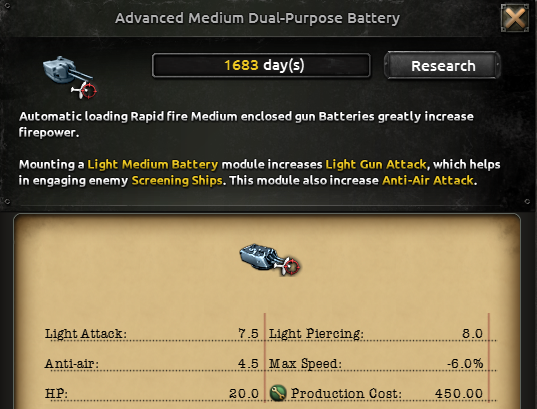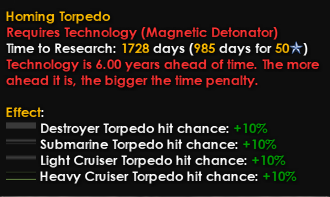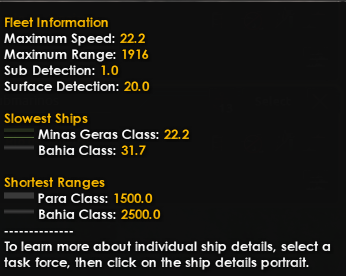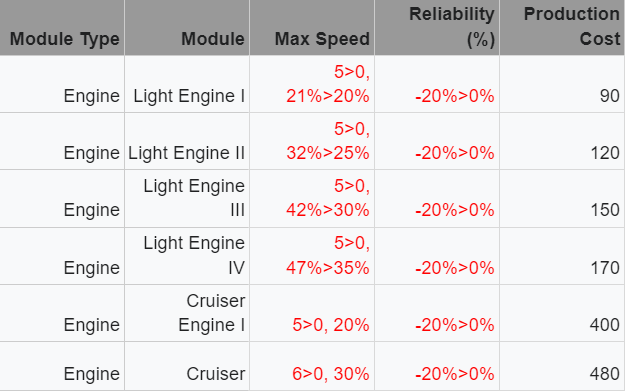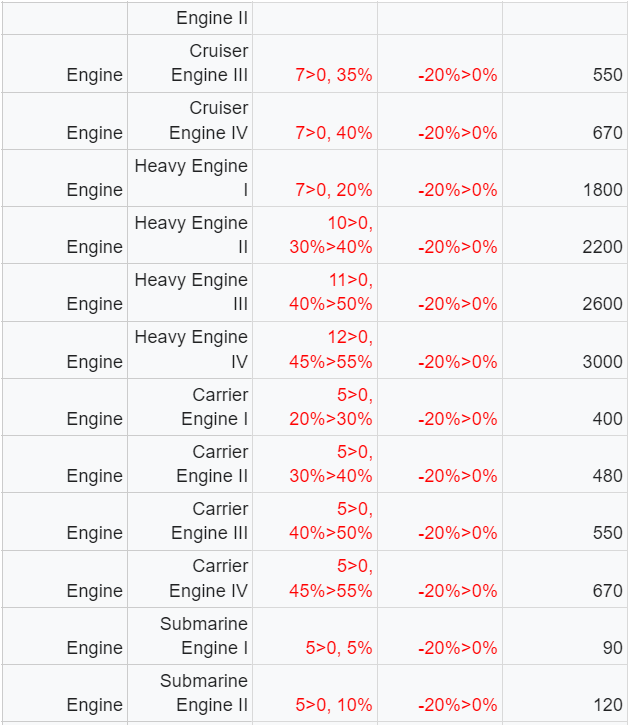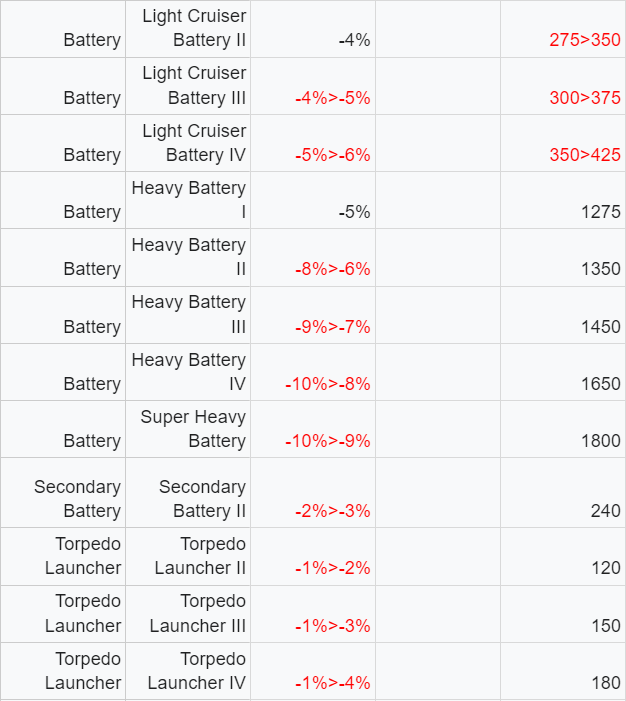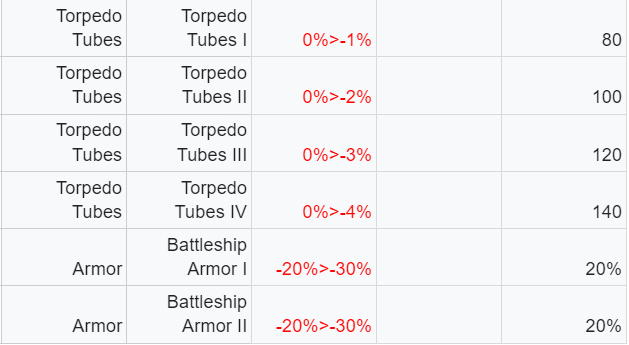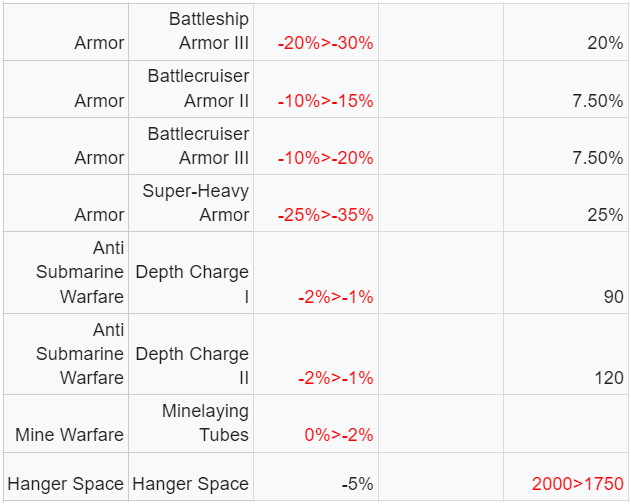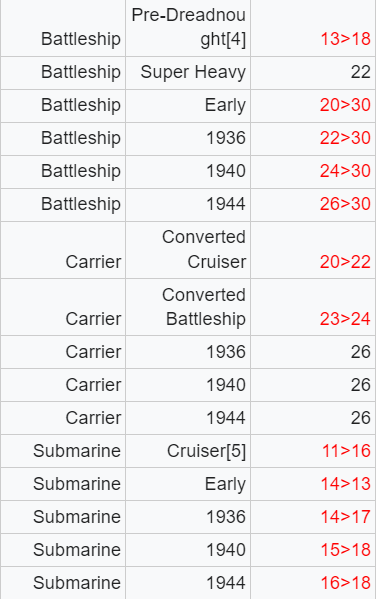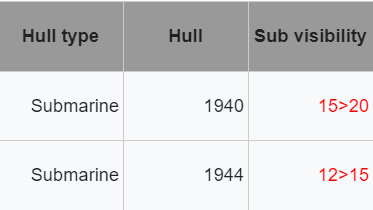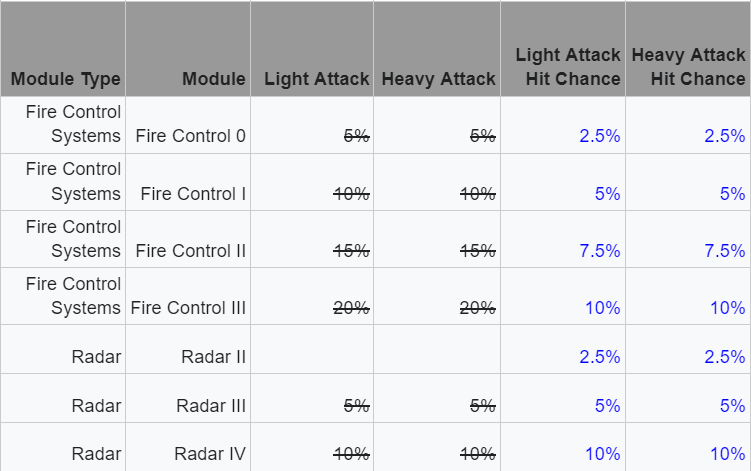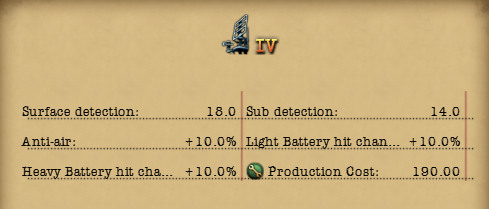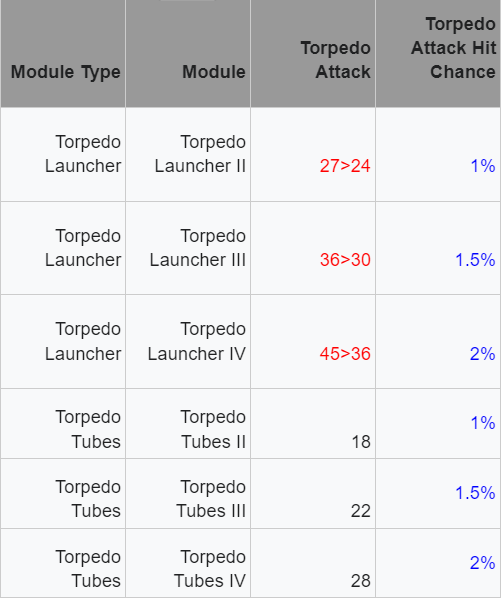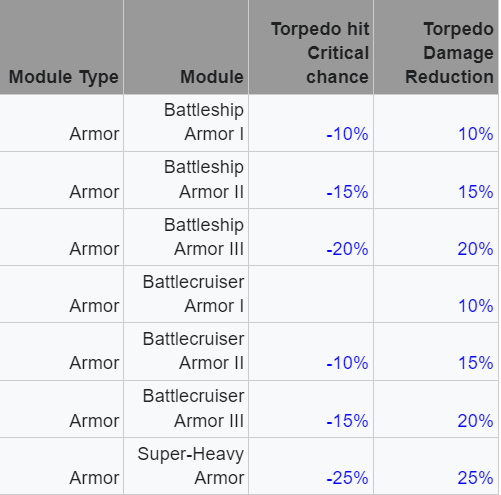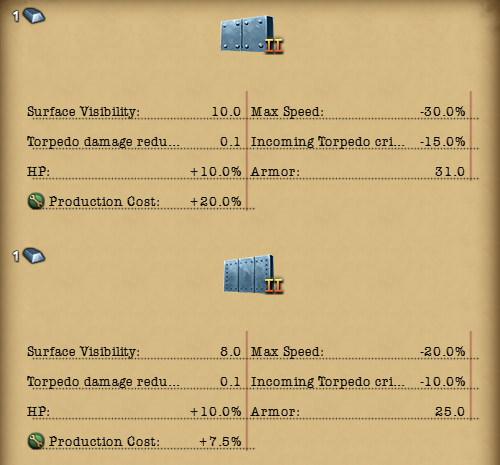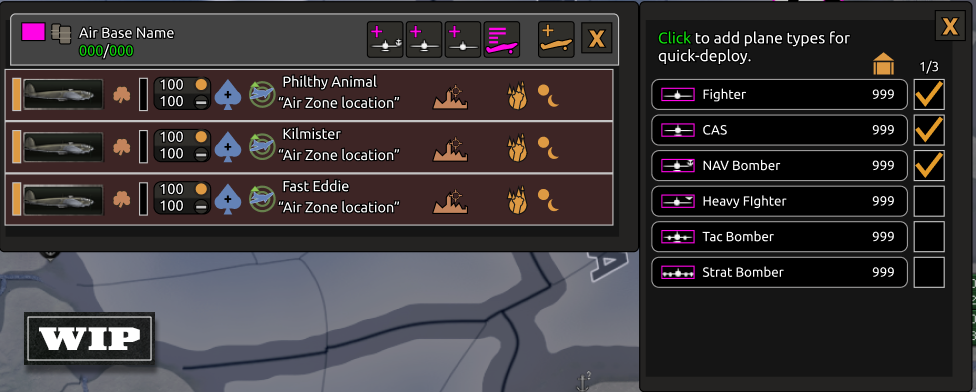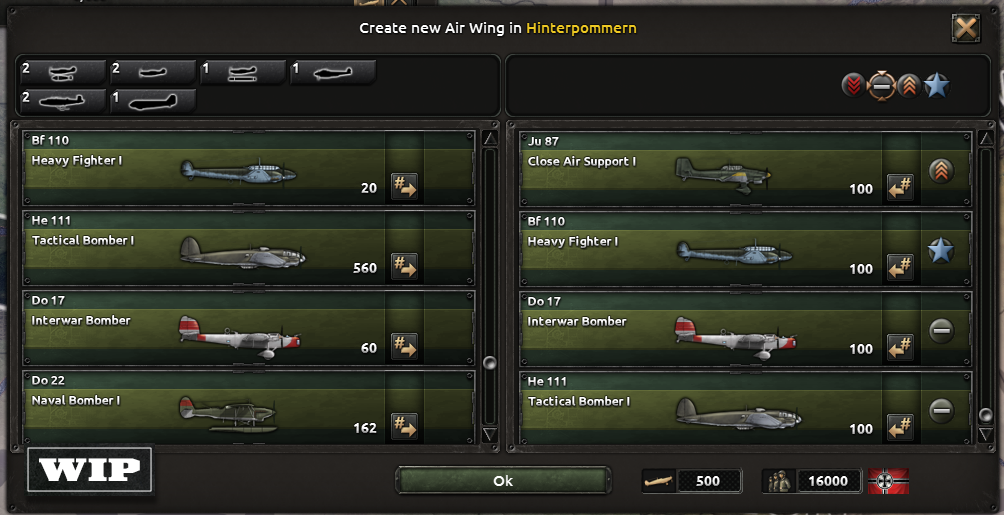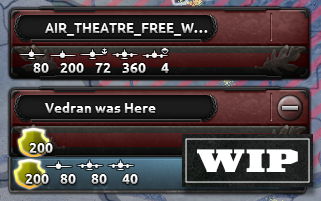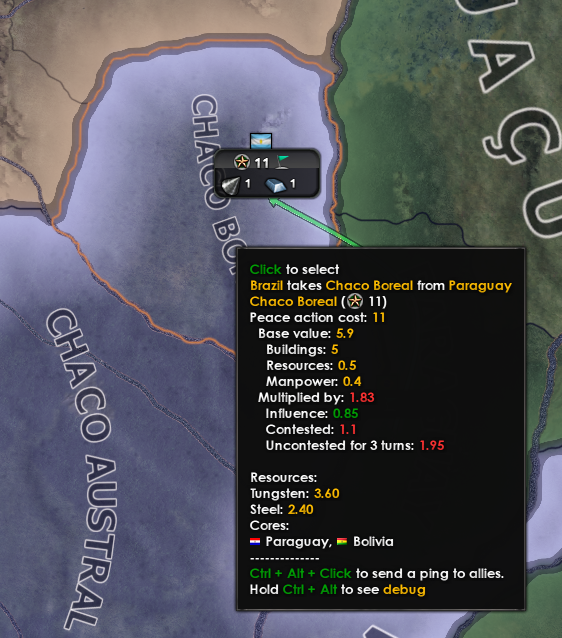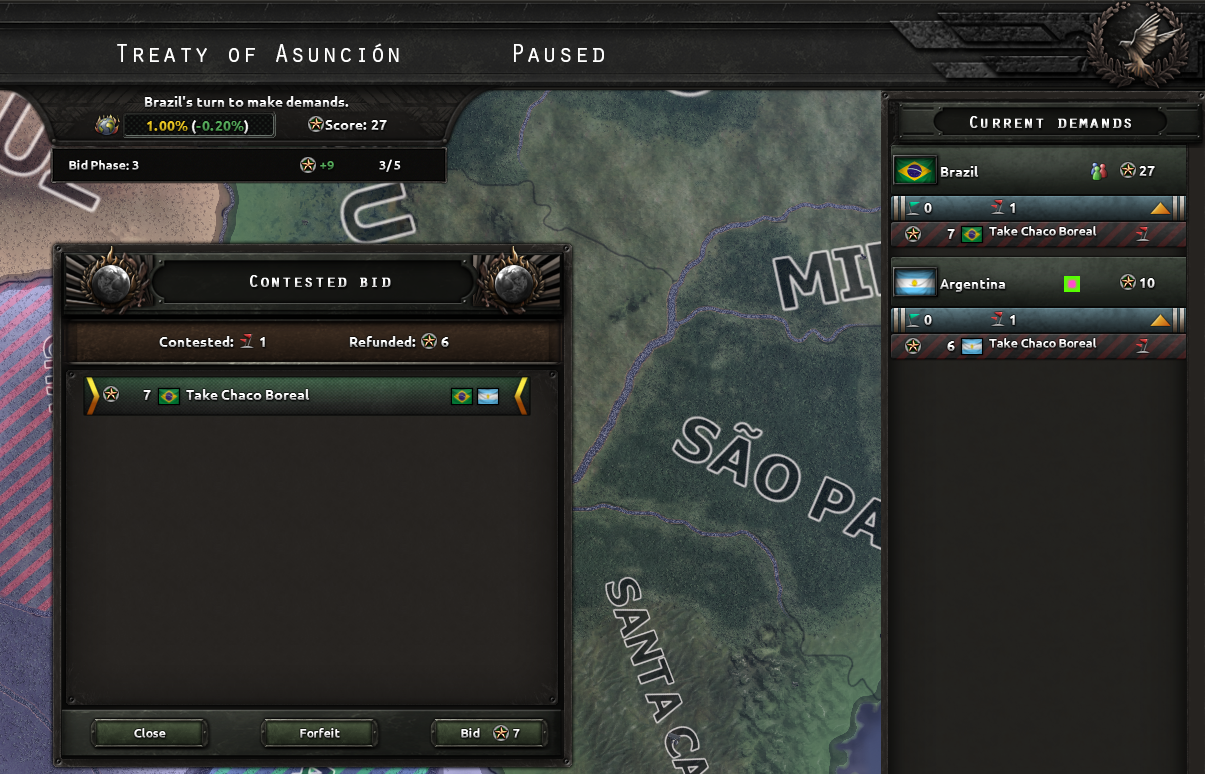
Jun 22, 2022
Hearts of Iron IV - PDX Katten
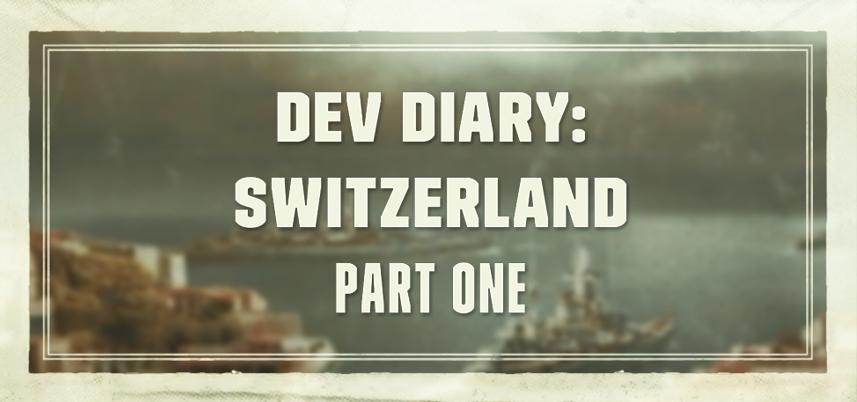
Hey everyone! You probably don’t know me, but I’m Carlo, the Content Designer in charge of Switzerland for BBA. I’m very excited to present to you all, the Swiss Focus Tree, our first circular focus tree, allowing Switzerland to go back and forth between the Make Fondue and Stay Neutral focuses. Through the power of Fondue and Chill, plus all that Nazi gold, Switzerland will prevail over its rivals by completely staying out of the war in absolute comfort and safety.

[Record Scratch Sound] If that’s how you imagine Swiss life during World War II, I got news for you buddy, that is far from how it went.
Yes, Switzerland is not a country most people associate with World War II games, but that doesn’t mean it doesn’t have a place in HoI, and in this Dev Diary I hope to bring you to my side of the Alps and show you how interesting and unique Switzerland can be in Hearts of Iron IV.
First, it’s always a good idea to have a bit of historical context. Switzerland was founded in the late Middle Ages and from the start, it was a loose confederation of small territories near the alps (3 at this point). They pledged to help each other militarily and economically. This oath, or Eidgenossenschaft as it’s lovingly abbreviated, kept growing while always maintaining a decentralized government centered on the cantons, and with a strong military reputation (Despite their current neutrality). Then Napoleon forced Switzerland into a centralized ‘Helvetic Republic’, which didn’t last long. Swiss Neutrality was established after the fall of Napoleon and of this Helvetic Republic, and then finally, in 1848 they became the Switzerland we know and love after adopting the 1848 Constitution following a short revolution (Revolutions were all the rage that year).
So what’s the Switzerland we know and love? A country with 4 different populations living as one in a period of rising ethno-nationalism. The oldest continuous democracy in Europe, second in the world only to the United States, and arguably, the most direct democracy in our times, and even more so in the 1930s. Each canton and the confederation itself decide most of their laws through referendums and a limited representative body. If you’ve ever wondered why the Country Leader of Switzerland is a building, that’s not because it gained sentience, but because there is no Swiss President/Dictator/Regent as other countries have; The Swiss confederation is led by the bi-cameral Federal Assembly and a Federal Council of 7, with a mostly ceremonial ‘First among equals’ Presidential role; only the whole Federal Council can act as the Head of State, not a single member.
Switzerland in 1936 is a country gripped by the fear of war breaking out. Thanks to Germany going through Belgium during The Great War, they know that their status as a neutral country is not sacred, and when their two biggest neighbors, the Third Reich and France inevitably clash, there’s a real possibility one of them will stomp through Switzerland to avoid the other's defenses. How to avoid this, while keeping Swiss Democracy alive, and being ready in case it actually happens are the main pillars of playing Historical Switzerland in Hearts of Iron IV.
So what does the Swiss Focus Tree look like? Well like this:
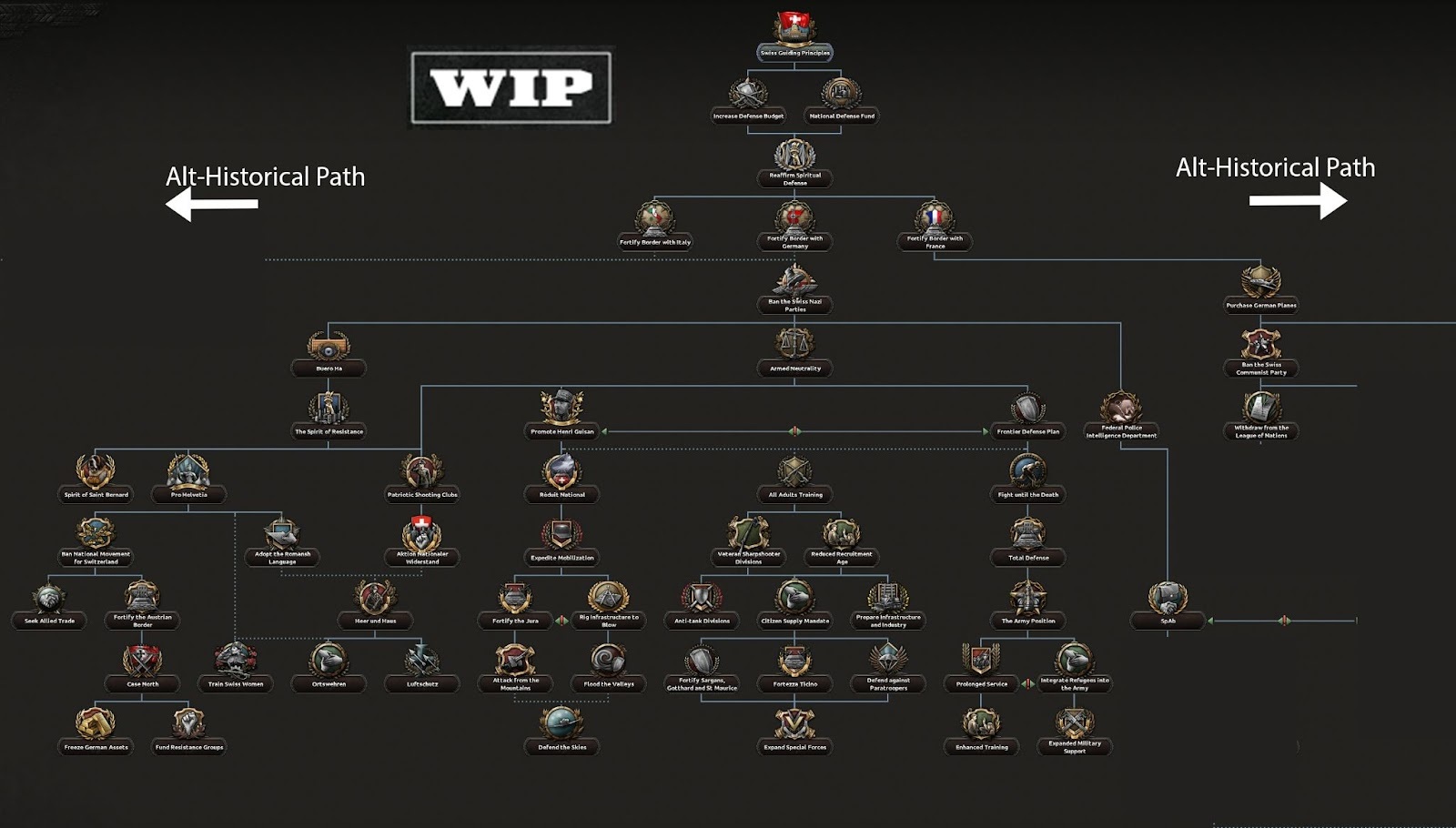
Because this one’s more of a focus mountain than a focus tree, you always start at the peak, with the center being the historical path, and the sides the two planned alt-history branches, but it always starts with the Swiss Guiding Principles focus. This will initiate the Balance of Power system for Switzerland and trigger an event where you can choose the general direction Switzerland will take. Let’s stop to talk a bit about the Swiss version of the Balance of power:
If you don’t know what the Balance of power is, make sure to read Mano de Zombi’s amazing and gargantuan Dev Diary.

Switzerland’s path through the Hearts of Iron period will depend heavily on where the power lays. Is the power mostly on the cantons? That means it will go the way it went historically, with local citizen militias and limited council power, which made it hard for the country to ally with a foreign power, but at the same time, prevented a central government from being intimidated into capitulation. If instead, the Balance of Power is in the council, you’ll be locked out of part of the Historical Path in the middle, but when the BoP closes a door, it opens a window into the two alt-history paths. That’s a topic for my next dev diary though.
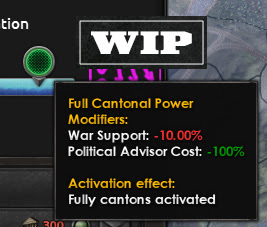
Each side and segment has its advantages too, the more cantonal power, the cheaper assigning advisors will be, and moving it to the council will grant you War Support. Some of the decisions in the other systems will depend on it, and others will affect it, so keeping an eye on it will be vital to your survival.
Now let’s keep going down the slope. These two focuses will kickstart the rearmament of Switzerland, giving you a National Spirit that will be helpful for you no matter which path you choose and can be upgraded later.
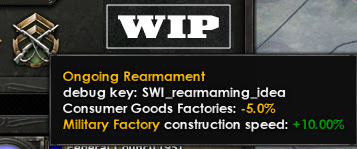
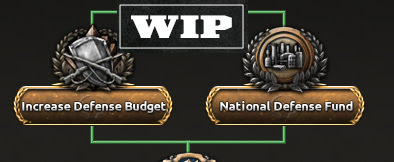
Switzerland had committed to defending their country both physically and spiritually in 1935; we saw the beginning on the physical part with the rearmament focuses, and now it’s time to recommit to the spiritual bit. This will unlock the Spirit of Helvetia National Spirit, in its passive mode.
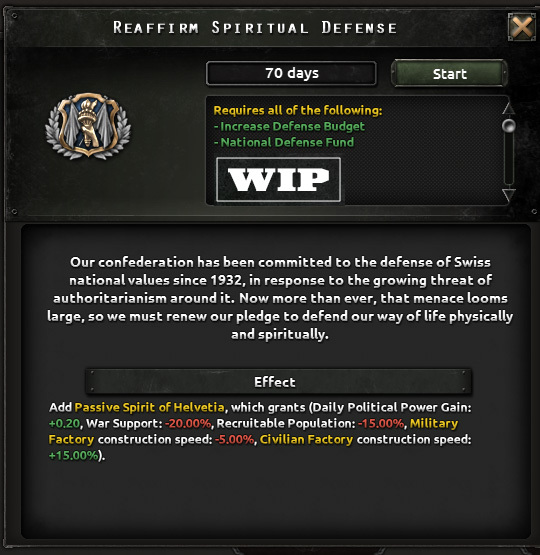
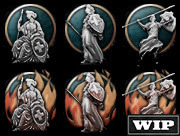
As you progress through the Historical path, it will change to a defensive stance, an aggressive stance if you go alt-history or it might just stay in the passive stance. Each one also has an “at war” variation, and different modifiers for the six of them.
This is fine…
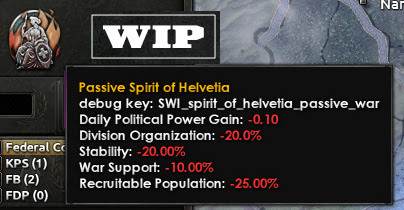
In case you’re wondering who this Helvetia person is, I must take you back to the Helvetic History Hole(tm): Back in Roman Empire times, a tribe called the Helvetii lived in what we now know as the Swiss Plateau, so people since have used the adjective “helvetic” to define confederations, republics and organizations in and around this area, specially after Napoleon created the “Helvetic Republic''. Due to the multilingual nature of Switzerland, its official name in Latin is Confoederatio Helvetica (Yes, that’s where the font name comes from) and its internet domain is “.CH”. From this root, in the 17th century Helvetia is popularized, the personification of Switzerland and the Swiss people, featured in coins, statues, stamps and World War II Grand Strategy games. That’s who Helvetia is.
Ok, so far, I haven’t given you much of a chance to deviate from history, and that’s because up to this point, this is a nation very committed to Democracy, Neutrality and Grassroots Defense, and even the alt-history paths will stem from the desire to keep these. Here is where the slope starts to open up:

Historically, Switzerland fortified their borders with its three biggest neighbors, and the three countries it shares languages with, and with good reason, they all wanted to walk through Switzerland towards their enemy, and thought their shared language would serve as an excuse to annex it, or a possible door to friendly relations and taking them from neutrals to allies. Naturally though, fortifying against a country can be seen as suspicious, and that’s why this triggers the start of a very important system: Absolute Neutrality.
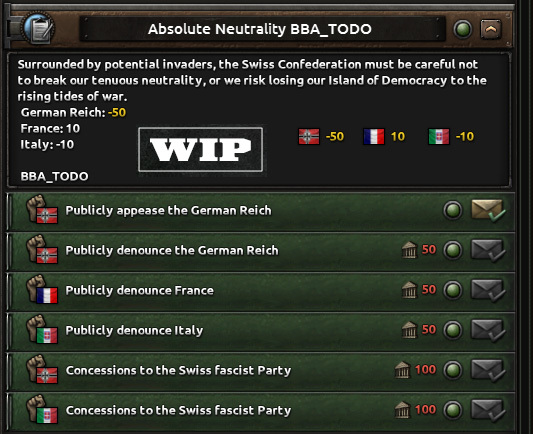
As a small neutral nation, you want to keep a balance between all countries around you so none of them feel like you’re favoring one over the other, otherwise, they could use it as a way to argue that you’ve broken your neutrality, and prompt them to invade. This system keeps track of your biggest neighbors’ opinion of you, and allows you to appease them or antagonize them; most actions will have repercussions to the other countries' perception of you. If one of the countries considers you in grave violation of your neutrality, and has a very negative opinion of you, it’ll trigger a timer, at the end of which they’ll get a wargoal against you and likely invade Switzerland, so you better scramble and do anything in your power to calm them, or it’s game over.
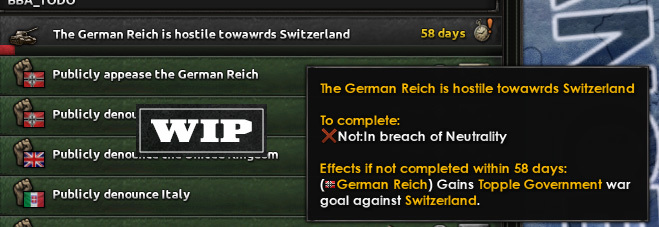
This system is pretty flexible and can keep track of up to 4 majors around Switzerland, and even adjusts if one or more are in a faction. Also, many focuses will have negative and positive effects on this system, and others will require you to reach a certain opinion of them before starting them, so it’s integrated into how you play as Switzerland.

After Ban the Swiss Nazi Party (Which does what it says on the tin, plus some negative opinion modifiers), we have the Armed Neutrality branch. This is the central defensive branch of the Swiss tree, and unlocks another system we need to talk about: The Swiss Citizen Militias.
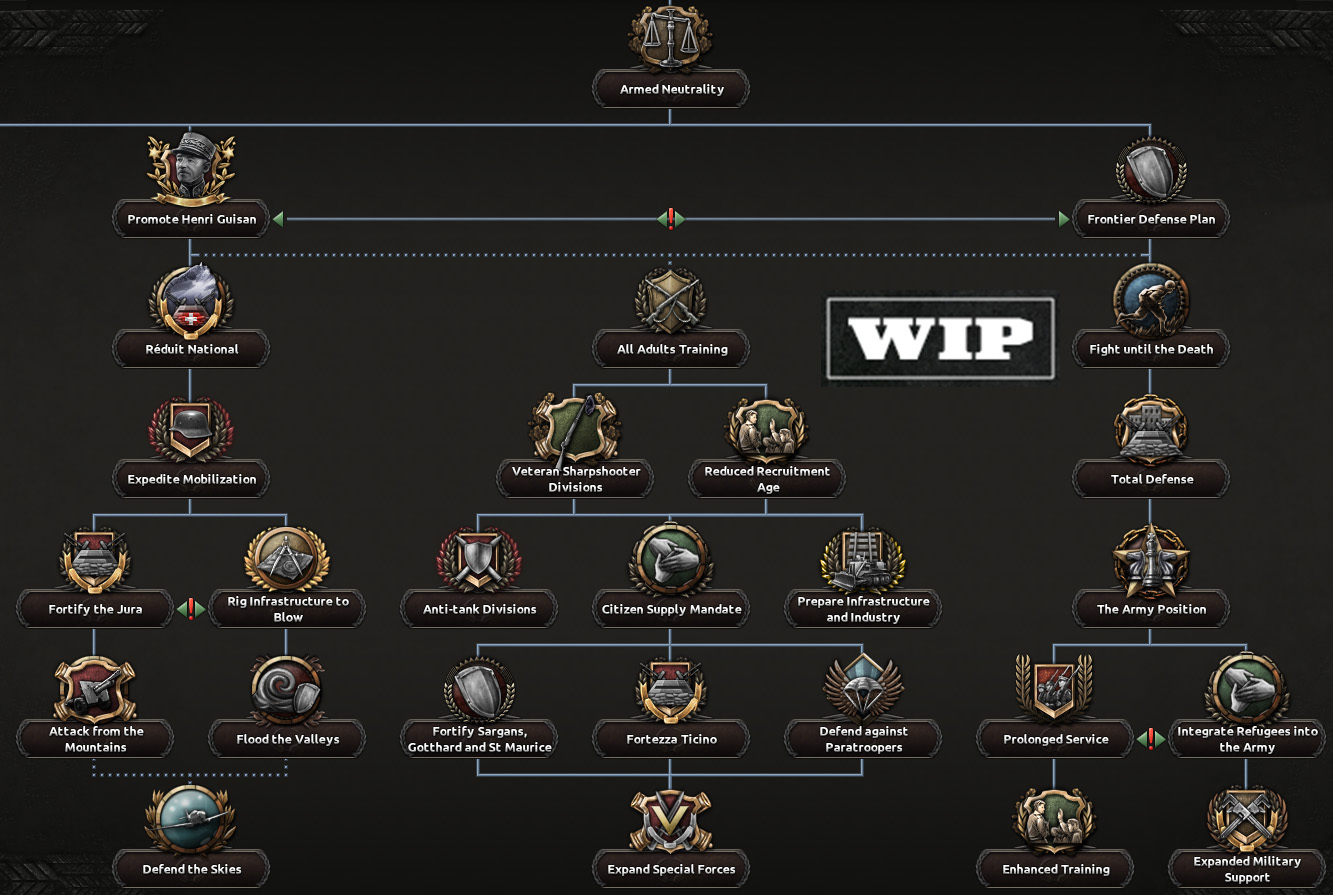
Going back to the Helvetic History Hole now. Because of Switzerland’s political system, there’s no centralized government powerful enough to conscript a large standing army, but on account of where Switzerland is located, it needs to have the ability to defend itself, or at least deter other countries from invading. This is why historically, the Swiss Army relied on training their population and giving them the required equipment to keep at home, so when needed, they would take up arms and form local militias. This means that they could have up to 20% of their population ready to be deployed in as quickly as 24 hours to stand up to any invaders. This is why Historical Switzerland’s military needed its own system.

Switzerland will start with a unique Recruitment Law giving it 10% recruitable population, and no negative effects, that’s because the enlisted population is still participating in the economy. The downside is that you cannot train regular troops, only some mountaineers, to represent their small professional army, whose purpose was holding out for 24 hours until the civilian militias were ready.
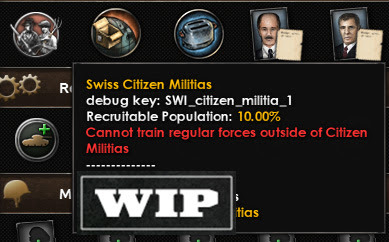
To make up the bulk of the army, you can train Militias (Italy’s DD also explains this new battalion type). There is a cap to how many divisions you can train, it’s a locked template and on top of that, the Dormant Citizen Militias National Spirit makes them very weak, but that’s ok, you can deal with these issues by earning, and spending Military Readiness.
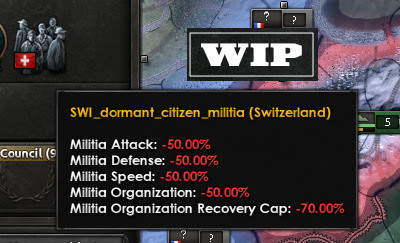
You can find this system in the Decisions panel, and it lets you use Political Power, Command Power and other resources to gain Military Readiness, and then you can spend it to improve the Militias Template, increase the amount you can train, expand the Military Readiness cap, even increase your military production; but most importantly deploying your Citizen Militias, which removes Dormant Citizen Militia and adds Active Citizen Militia, allowing them to perform at their true level, but giving your economy some penalties, which grow the longer you keep them active.
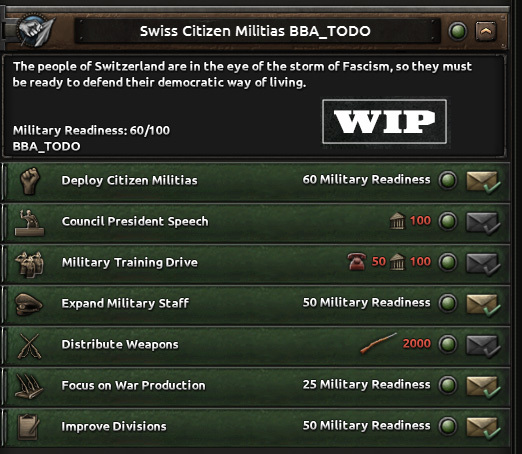
Back to the Focus tree, under Armed Neutrality you’ll find three branches; The Promote Guisan Branch, the Frontier Defense Plan Branch and a shared one in between. The Frontier Defense Plan was Switzerland’s old strategy of fortifying the borders, and not giving any ground to the enemy, so this sub-branch focuses on improving divisions, and fortifying the borders. Historically, this plan was abandoned when Guisan was promoted to General and Commander-In-Chief.
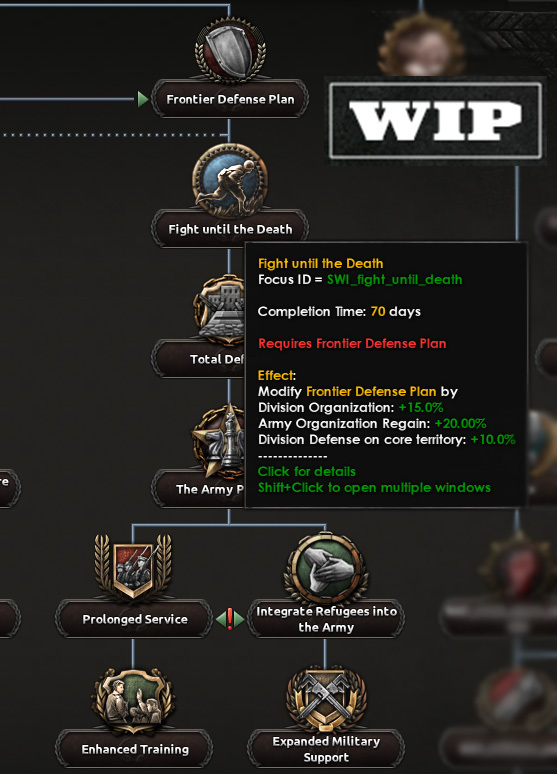
Another of the many quirks of the Swiss military and political systems, is that their military ranks only go up to Corps Commander, and there can only be a single General (Who also acts as Commander-In-Chief) when the country is at risk of, or at war. Only 4 people have been assigned this role, and the last was our guy Henri Guisan in 1939, who brought the strategy the Promote Henri Guisan sub-branch focuses on. Broadly speaking, the Réduit National approach consisted in letting the enemy advance through the Swiss Plateau and systematically retreat the armed forces to well fortyfied and supplied forts along the alps. Once there, they could maintain their extremely favorable positions and wreak havoc on the enemy, stuck on the exposed Swiss Plateau. The expectation was not necessarily to liberate the rest of the country, but to make it clear taking Switzerland wouldn’t be easy, and thus deterring any invaders. This is why this sub-branch focuses on making it easier for you to hold out in the mountains for as long as possible, and even adds the Gotthard Pass victory point, which becomes the capital once Bern is lost.

Ok, that’s the Armed Neutrality branch done, now on to the rest!
Switzerland’s neutrality and proximity to the conflict made it a prime stage for espionage, for both the Allies and Axis, so of course, the Swiss government also needed to keep up with it, often collaborating with the Allies, and, sometimes unknowingly, with the Soviet Union through the Lucy Spy ring. On the historical part of this focus tree, you have two ways of getting a free Intelligence Agency:
Federal Police Intelligence establishes the agency of the same name, an extension of the existing Federal Police, and gives you a National Spirit with a bonus to counter intelligence, and opens the door SpAb to further counteract foreign intelligence efforts, and other fun militaristic alt-history stuff I won’t talk about today.
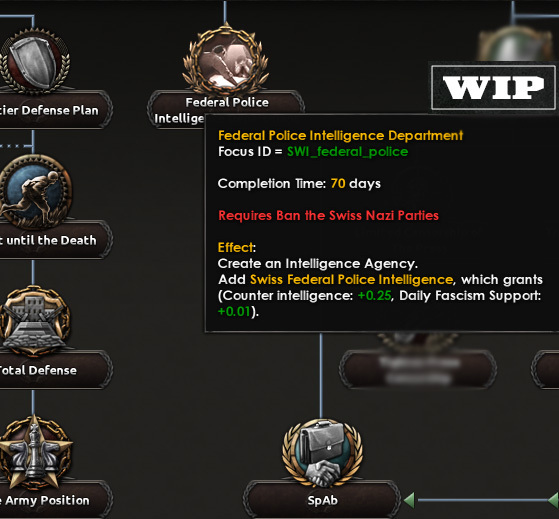
On the other side we have Buero Ha, which focuses on building spy networks in other countries and opens up a bunch of defensive, cultural and resistance oriented focuses. Ha History Hole: The Swiss government couldn’t risk other countries finding out they were gathering intelligence on them, so to keep it under wraps and have a measure of deniability, they established a covert pseudo-independent intelligence office; Hans Hausamann’s Büro Ha (The “Ha” part comes from his name). It was an office in a hotel in Teufen with a couple of desks, and they gathered and reported on intelligence from different sources, including the Lucy Spy Ring, which deserves its own historical rabbit hole but not today.
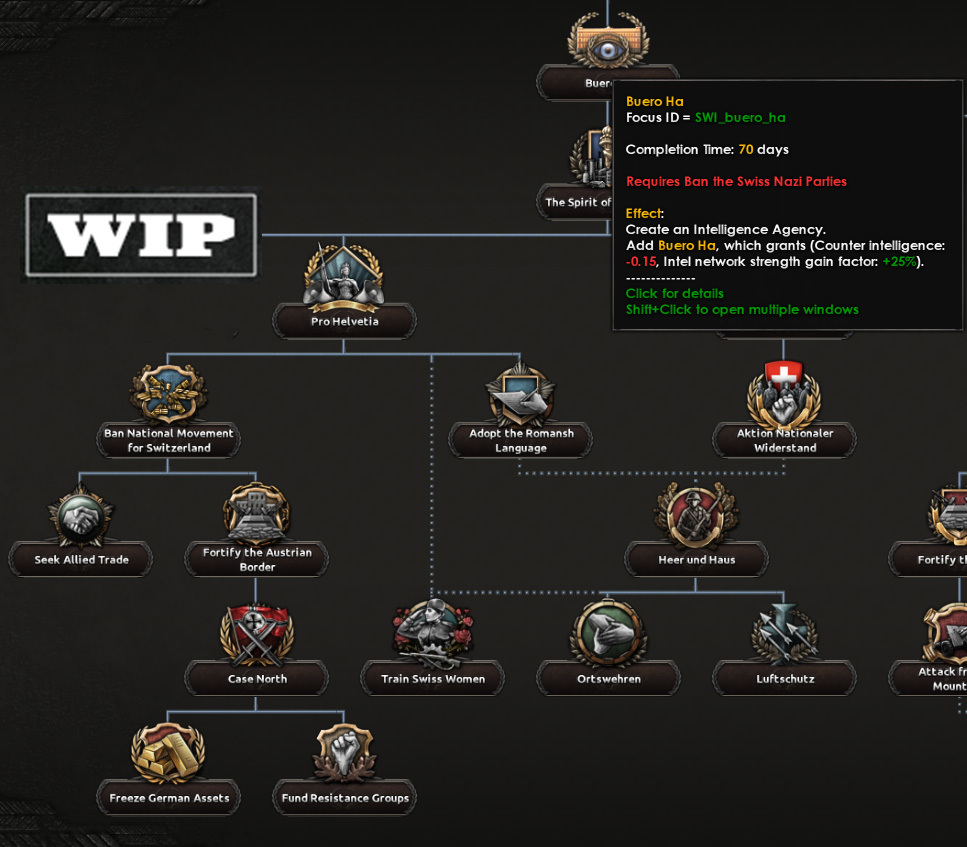
And that, in very broad strokes, is the Swiss Focus Tree, but there’s still some important things to talk about.
I’ve babbled on about Switzerland’s unique political system in real life, but now it’s time to explain how it’s being represented in HoI4: Switzerland will start with 3 assigned political advisors, and these represent the ‘leading’ Federal Councilors (Out of the 7 on the real council), plus a President of the Confederation. Each advisor has one of the new traits unique to Switzerland, most of which correspond to the advisor’s role and/or political position during the period. Each year, starting from 1937, you’ll get an event prompting you to elect a new president from your active advisors, this advisor will be removed, and retired forever, but for the next year you’ll get a powerful decision based on the trait they had when they were advisors. After that you better assign a new advisor quickly, or you’ll suffer the consequences of an empty seat. In total there will be at least 25 Political Advisors to choose from with at least 10 different traits, that I hope will make for an engaging and unique system, and a key to the Alternate paths through its interactions with the Balance of Power. More about that on my next Dev Diary.
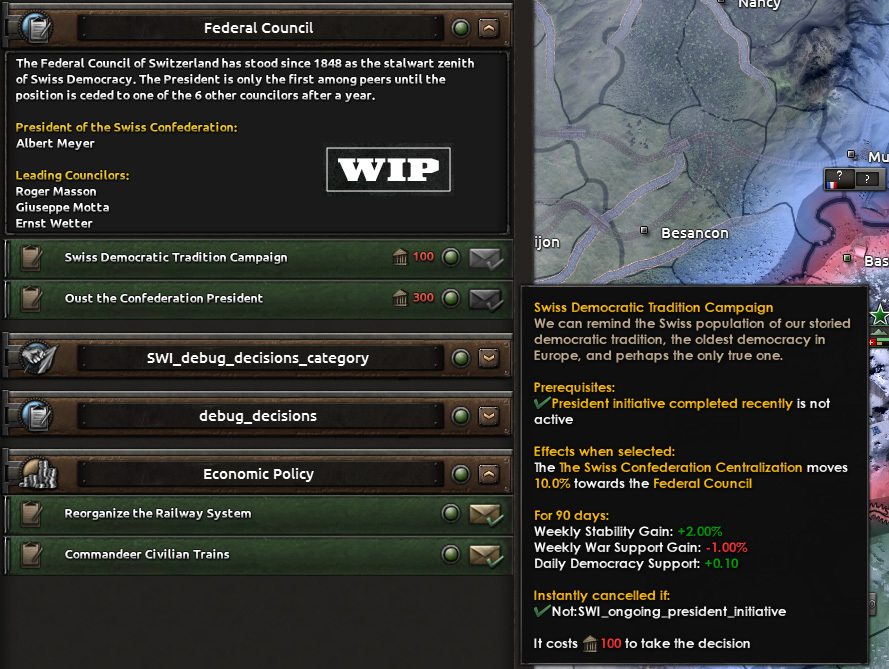
At this point you’ve probably noticed that the map has changed a bit in and around the Alps, let me explain what we’ve done: The most important change is that we reshuffled the states in Switzerland, it now has five states: The Swiss Plateau, Western Swiss Alps, Eastern Swiss Alps, Ticino and Jura Mountains (Fun fact, this is where the term Jurassic comes from), there’s also some new Victory Points. On top of that, Austria did get something after all, Voralberg, a new state I might talk about in the next Dev Diary.
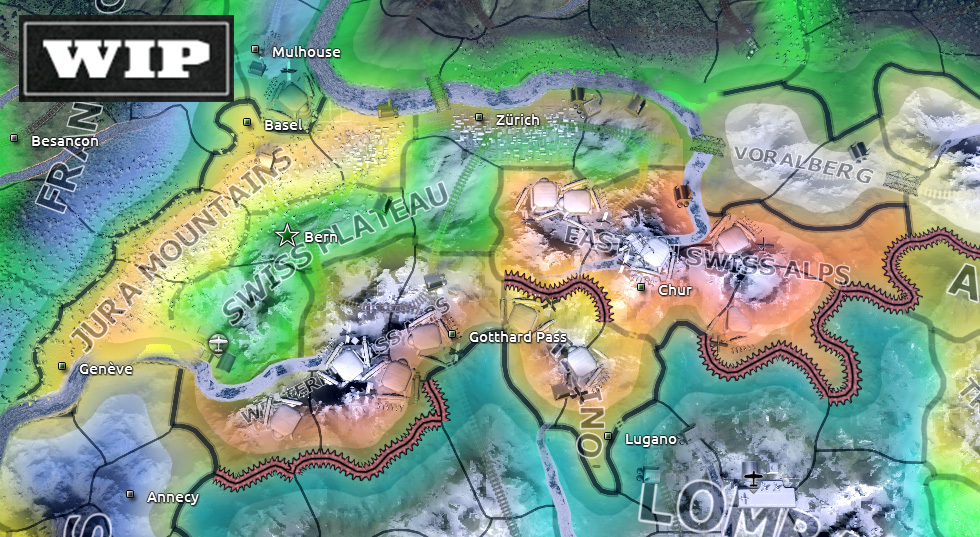
The other change you might’ve noticed is that a lot of the provinces along the alps now have impassable borders, helping represent how much of an obstacle the alps were in moving troops and attacking (Unless you happen to have elephants), and showcasing one of Switzerland’s bargaining chips during this period: the Saint Gotthard Pass. This route was vital as a fast passage between Germany and Italy, and the possibility of its destruction was a major deterrent against Invasion. HoI4’s Switzerland now has 2 out of the 3 connections through the alps, making it a more tempting prize for anyone playing one of its neighbors; German command even considered invading Switzerland as a way of retreating from Italy in the late stages of the war.
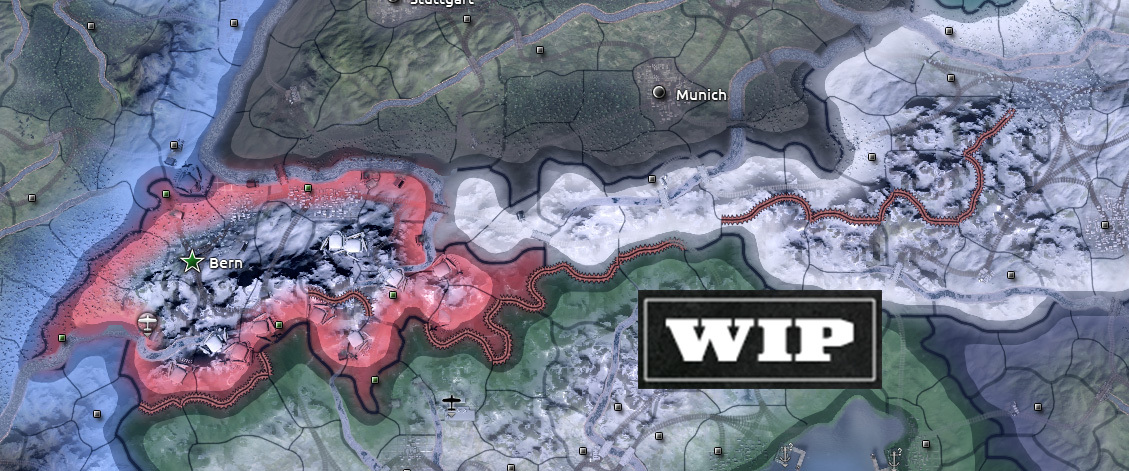
And that’s about it. If these 2800+ words didn’t at least pique your interest in the Swiss Focus tree, well… We do have one extra card up our sleeve:
Switzerland will feature the first dog in a Focus Icon, also featured as a National Spirit: Brandy the St Bernard. The focus Spirit of Saint Bernard will give bonuses for Field Hospitals, slightly ahistorical, but worth it.
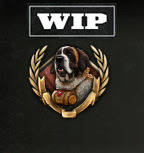
Hope this Dev Diary helped you understand all the ways the real Switzerland was and continues to be fascinating, and how it serves as a great base for unique gameplay for Hearts of Iron IV, or at the very least provided some mild entertainment and a nice dog picture.
And if you won’t have to wait too long for another super interesting country, because next week, it’s Ethiopia time! A country that has always been pivotal to World War II, now gets to have its moment to shine in Hearts of Iron IV.
Join the forum discussion here!








